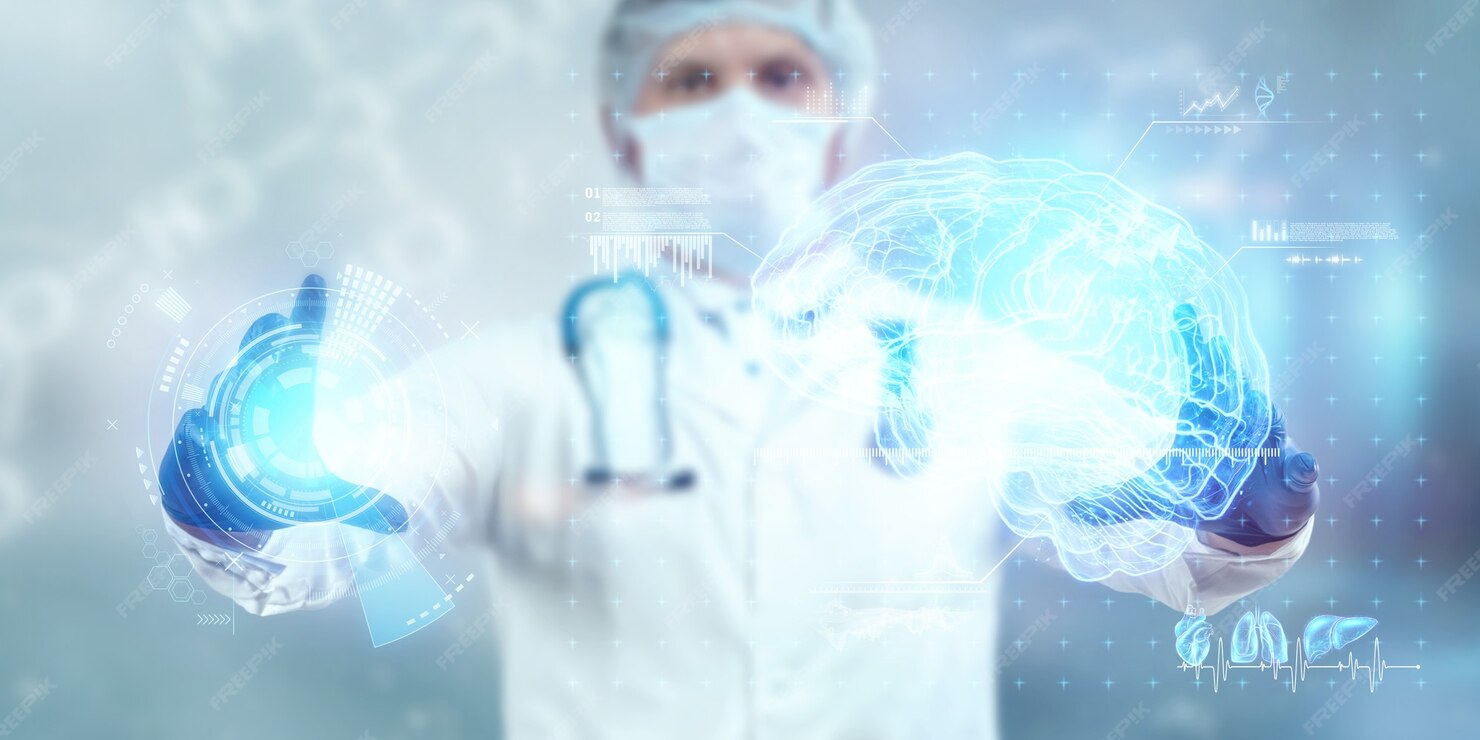AI for photo processing now influences not only consumer photography but also medicine, education, and research. The healthcare market for AI is expanding quickly, reaching tens of billions of dollars in 2025. More than half of large U.S. hospitals use predictive models to improve accuracy and reduce errors. Clinical support systems shorten diagnostic time and help detect inconsistencies that might otherwise be missed. Image accuracy is no longer optional. In both routine care and emergency medicine it directly affects outcomes.
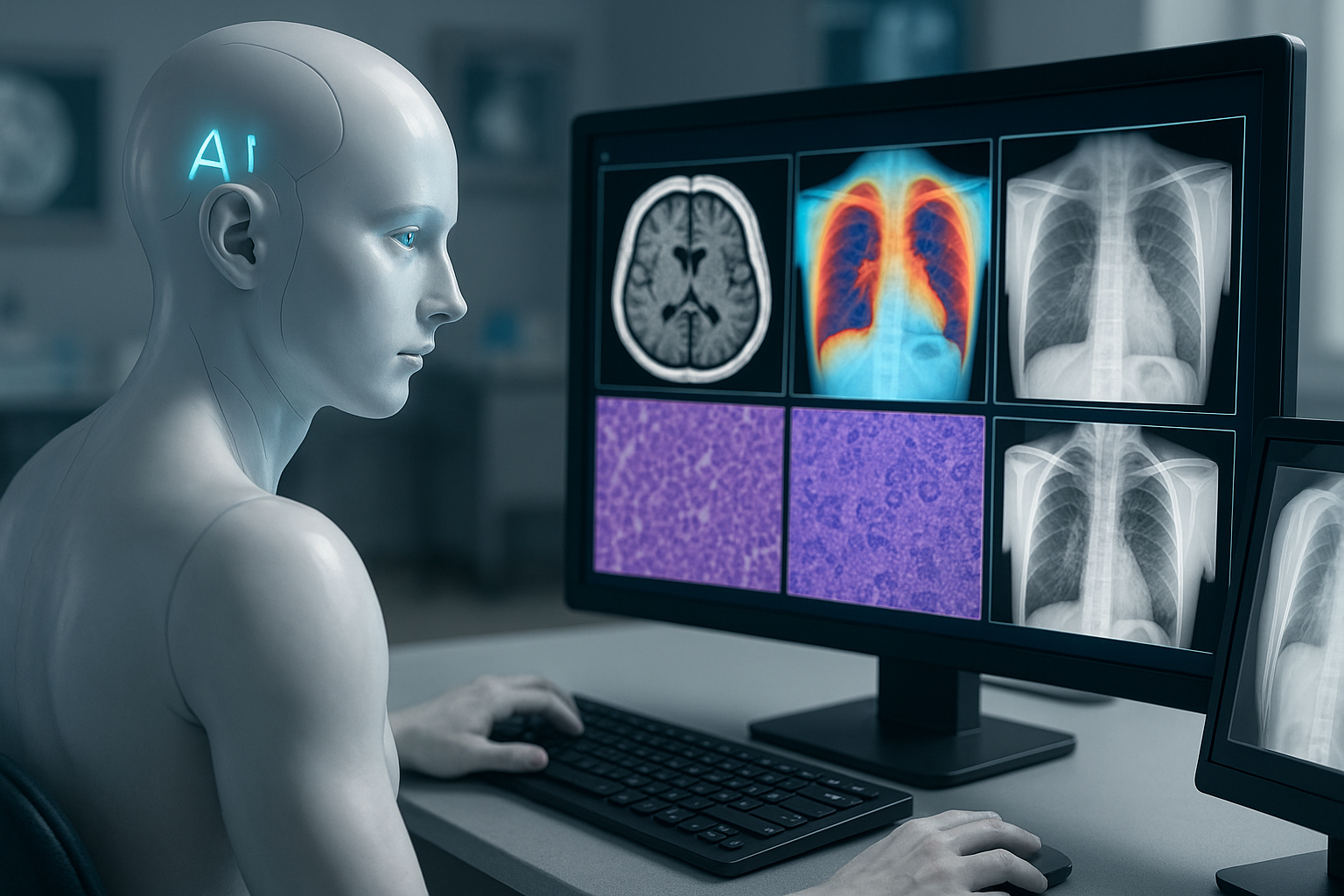
The Rise of Automated Editing in Clinical Environments
Automated editing has moved from consumer tools into professional medical environments. Algorithms can now handle background removal, resolution enhancement, and color correction with no technical expertise from the user. A clinician preparing educational slides can isolate structures and create consistent images in minutes. A researcher can colorize a century old X ray archive to improve its readability. Patient brochures can include images that look clear and professional without requiring graphic designers.
The advantage is not only speed but also consistency. Manual editing introduces variation between images. Automated pipelines deliver uniform output. This helps in situations where dozens or hundreds of patient images need to be prepared quickly. In large hospitals the ability to maintain standard quality across departments is significant.
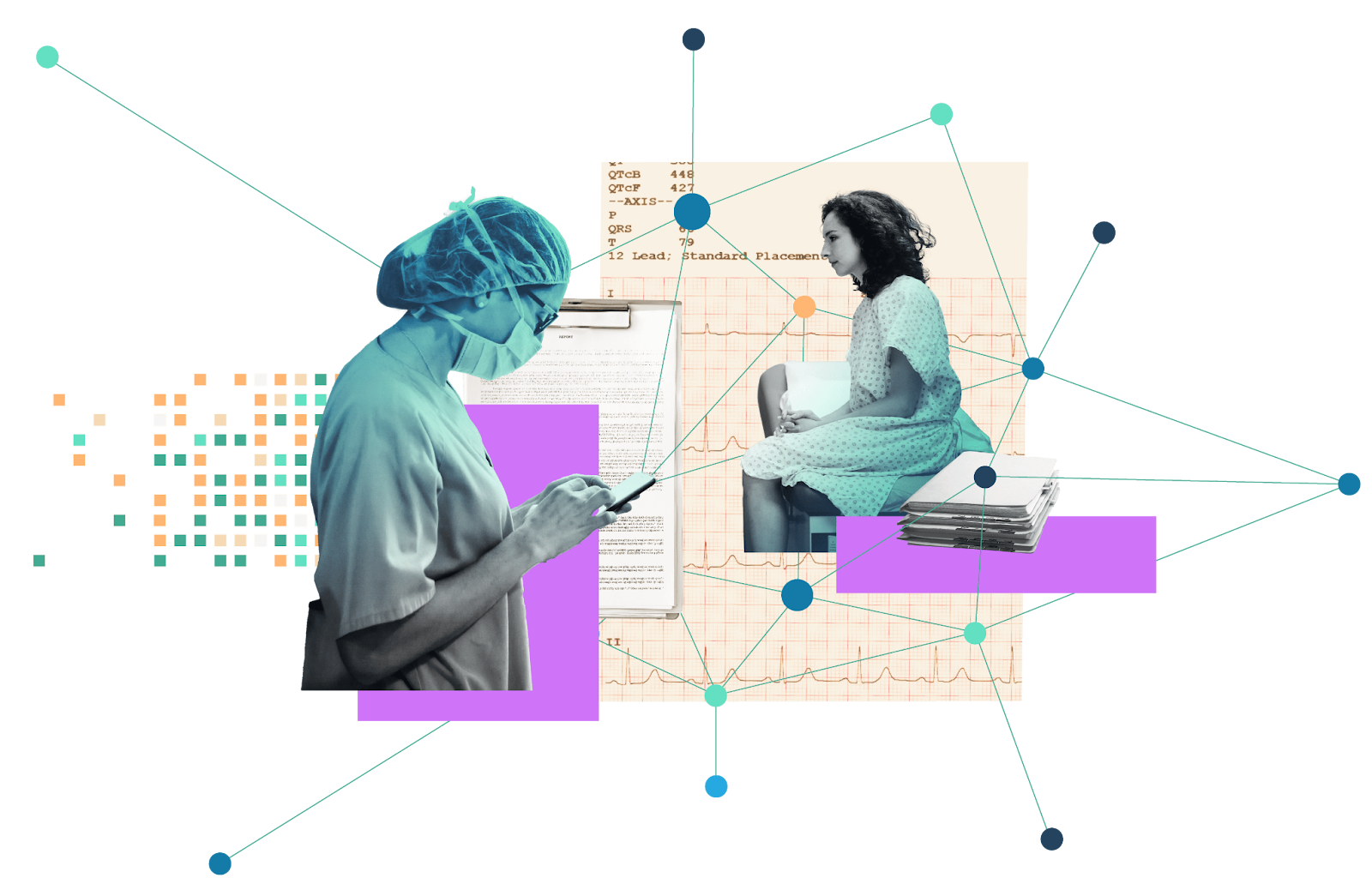
Yet the promise is balanced by risk. Automated systems can exaggerate contrast or alter hues in ways that change the medical meaning. A lesion may appear more or less visible after color correction. Background cleaning may remove subtle features that a specialist would otherwise examine. These risks highlight why automation must always be checked by qualified professionals.
Background Removal in Medical Practice
Background removal is usually associated with e-commerce. In medicine it serves a different purpose. Clean backgrounds allow teachers and doctors to focus attention on anatomy without distraction. In surgical training materials background removal helps illustrate instruments and tissues with clarity. For patient education, clean visuals reduce confusion and improve comprehension.
Automated background removal is much faster than manual editing. A tool can process hundreds of photos in a batch which would otherwise take hours. This helps research groups that prepare large image datasets. It also assists telemedicine services that need to standardize thousands of patient submitted images.
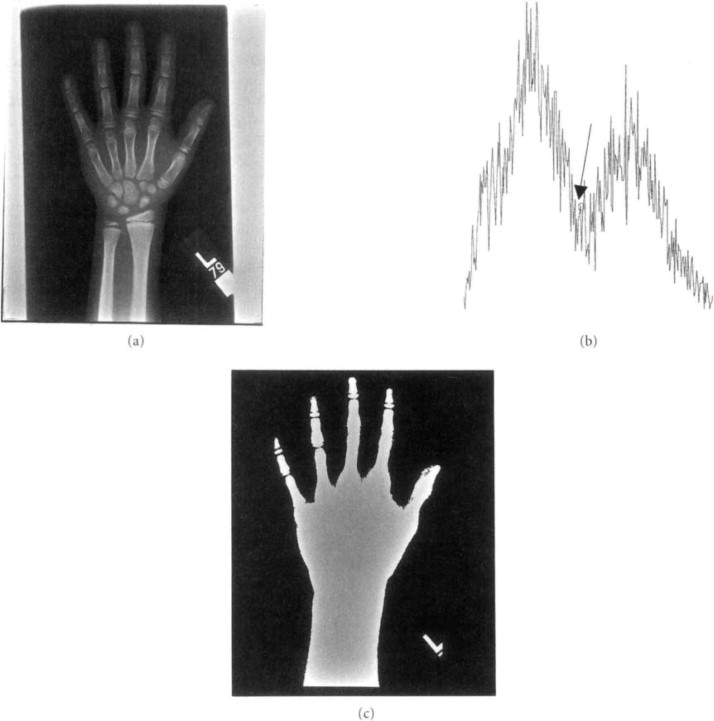
Accuracy remains critical. A system that removes part of an image that contains clinically relevant data can mislead the user. False boundaries may cause loss of essential visual evidence. Quality control is therefore mandatory. Some hospitals combine automated tools with human review to ensure that medical relevance is preserved.
Colorization of Clinical Images
Colorization has gained popularity for restoring family photographs. In medicine it can help researchers and students understand complex grayscale imagery. Historical X rays and microscope photos become more accessible when color is added. Tissue types can be distinguished more easily in training materials. Students learn faster when visual contrast is clear.
However, there is a serious caveat. Artificial color does not always match biological reality. Inaccurate colorization can misrepresent the state of tissue or organs. For example, adding colors to MRI scans without validated algorithms risks misleading interpretation. Medical professionals caution against using colorized images for direct diagnostic purposes. They remain most valuable in education and communication rather than in treatment decisions.
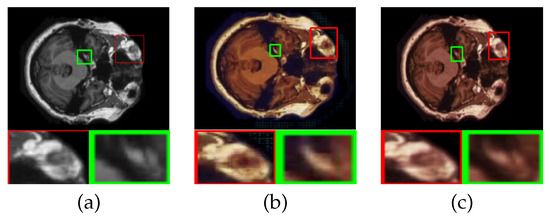
The technology is advancing. Deep learning models trained specifically on medical data are showing better performance than generic models. The possibility of clinically validated colorization remains open, but until then oversight is needed.
Resolution Enhancement and Image Restoration
Low resolution is common in archived records and in telemedicine photos submitted by patients. AI resolution enhancement offers significant improvements. Algorithms can upscale images by factors of two or four and restore lost details. In dermatology remote consultations benefit when patients send clear photos of skin lesions. Enhanced resolution allows doctors to see details that would otherwise be hidden.
In radiology older scans stored at lower resolutions can be processed for clarity. This helps researchers and doctors re examine past cases with modern standards. Some AI systems also reduce noise and correct color distortions.
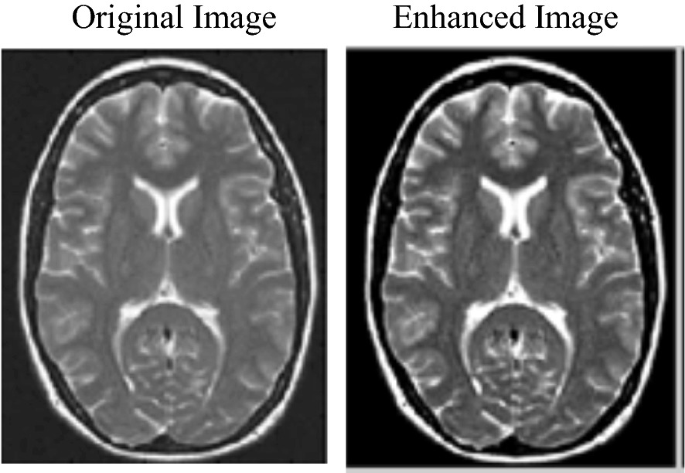
Still, enhanced images must not be mistaken for original data. Upscaling recreates plausible detail rather than restoring actual measurements. In research and diagnostics the difference is critical. For that reason resolution enhancement is usually combined with disclaimers and used for supportive purposes rather than final judgments.
Integration into Medical Ecosystems
One of the strongest trends is integration. AI photo processing tools are no longer isolated websites. They are being connected with electronic health record systems and imaging software. Hospitals use APIs to automate image enhancement directly inside their workflows. This reduces the burden on staff and ensures that consistent standards are applied.
Integration allows bulk processing. A hospital can automatically prepare thousands of patient images for secure storage or presentation. Research institutions can link AI tools to data repositories for fast pre-processing. Medical educators can generate visuals directly inside teaching platforms without exporting files.
Commercial providers also recognize the need for accessibility. Platforms now offer text to speech modules for accessibility and generative models that can create additional context for images. These features enhance communication with patients, especially those with visual or cognitive impairments.
Ethical and Legal Considerations
Ethics and legality are at the core of AI deployment. Patient privacy must be respected. Any alteration of medical images requires informed consent. Editing that changes the appearance of patients without permission raises serious ethical questions. Clinical archives must be protected against unauthorized use.
Copyright also plays a role. Many AI services limit use to personal projects. Using their outputs in professional or commercial medical settings without license can result in violation of terms. Institutions need to check agreements carefully.
Bias and transparency are additional concerns. Algorithms trained on limited datasets may not perform equally across diverse populations. In medicine this can lead to unequal quality of care. Transparent reporting of algorithms and rigorous validation are required before widespread use.
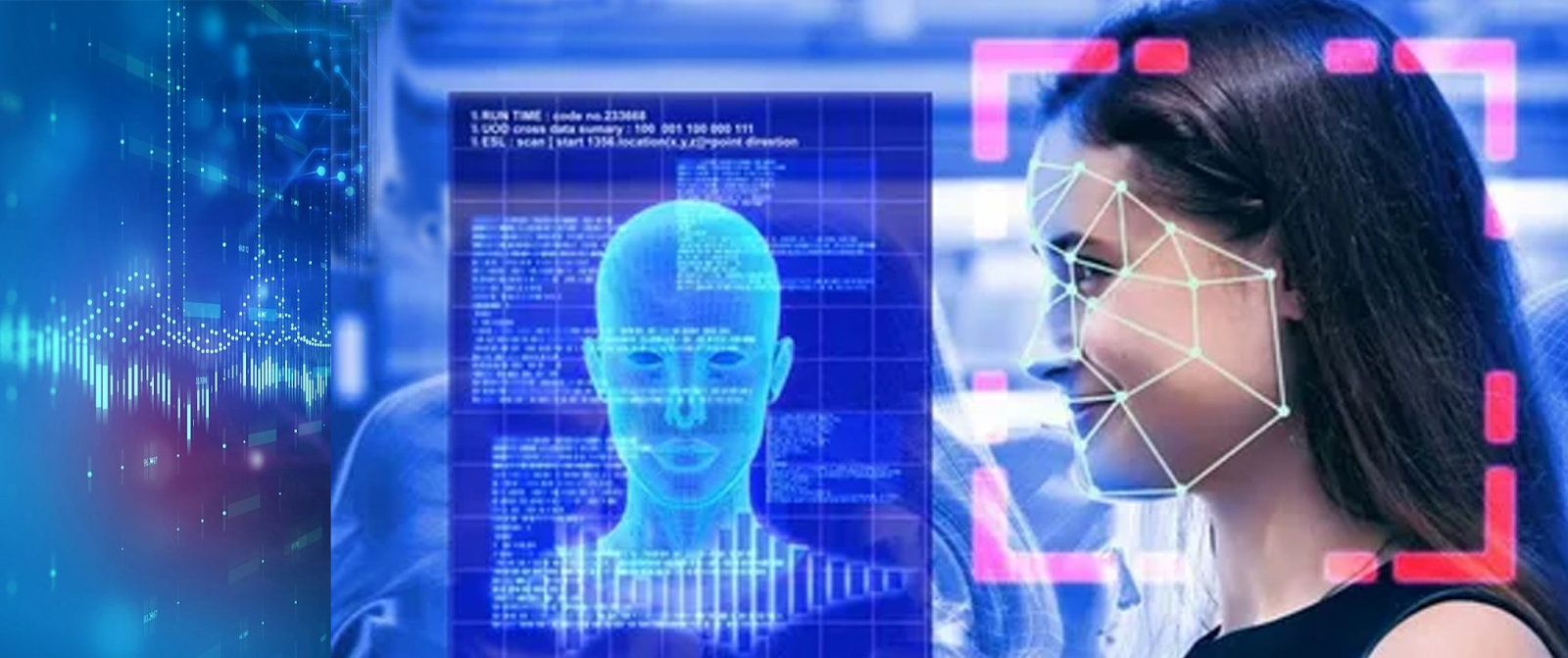
Current Trends in 2025
The trends shaping AI photo processing in 2025 are clear. Cross platform integration is accelerating. Real time editing is becoming common as neural networks grow faster. Hybrid workflows that combine automation with human review are proving most reliable. Freemium models expand access by letting small clinics and independent researchers experiment before committing to subscriptions.
Hospitals are exploring federated learning to keep sensitive data on site while still training powerful models. Universities are testing automated pipelines that process thousands of archival images in days instead of months. Patient portals are beginning to include automated photo quality feedback to guide users in taking better telemedicine images.
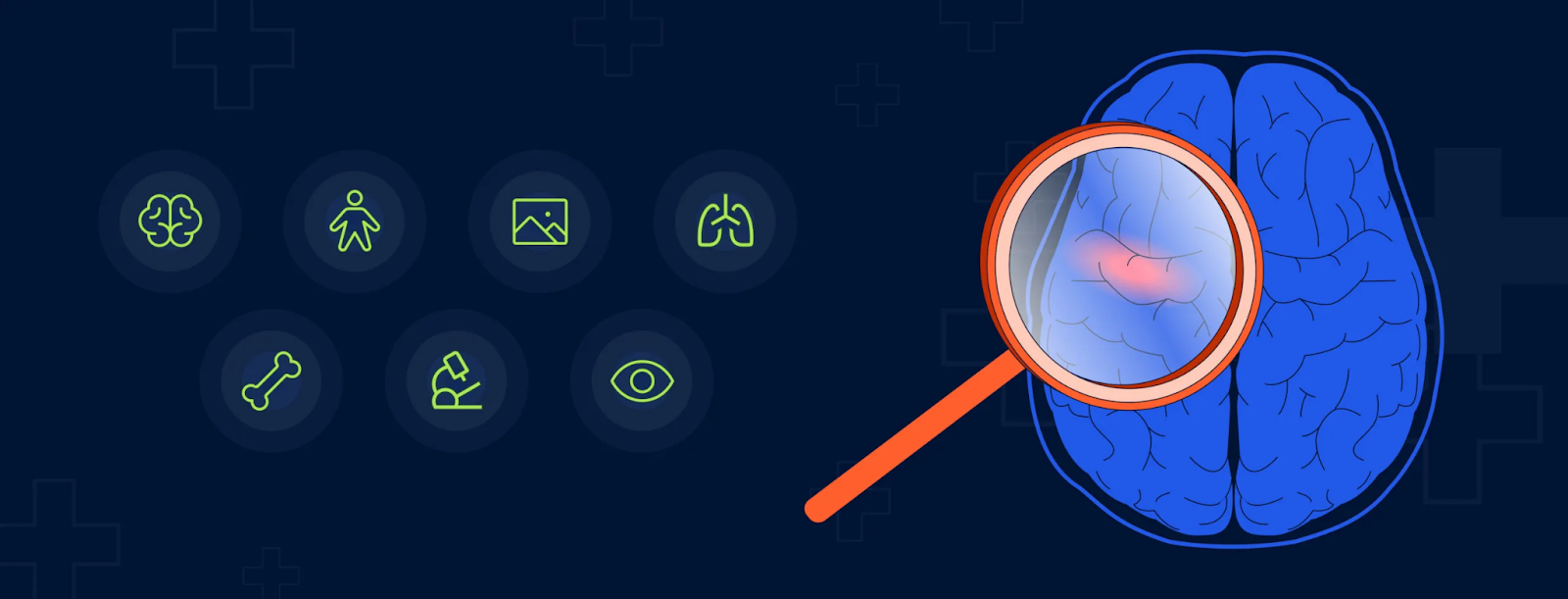
Future Forecasts and Outlook
Looking forward, the scope of AI photo processing will expand beyond two dimensional photos. Three dimensional imaging will benefit from AI enhanced reconstructions of CT and MRI scans. Video processing for live telemedicine sessions will allow doctors to highlight regions or enhance contrast in real time. Generative AI will be used to reconstruct damaged or incomplete images from archives. Personalized presets will let each doctor or researcher adapt tools to their preferences for clarity and focus.
These advances bring opportunity but also responsibility. The more autonomous the tools become the greater the need for oversight. Regulators are expected to increase scrutiny. Hospitals and researchers will need to balance innovation with safety.
Conclusion
AI photo processing has moved far beyond consumer photography. It now affects medical imaging, education, telemedicine, and research. The benefits include speed, clarity, and accessibility. The risks include misrepresentation, bias, and privacy concerns. The field is advancing quickly and demands careful oversight. The next decade will likely see even deeper integration of AI into the daily practice of medicine.
FAQ
It refers to the use of artificial intelligence tools to enhance, correct, or manipulate medical images in ways that reduce manual effort and improve clarity.
Yes. More than half of large hospitals in the United States report some use of AI based predictive or imaging tools.
No. These tools provide support but do not replace clinical expertise. All automated outputs must be reviewed by qualified professionals.
Not yet. Colorization is mainly for education and communication. For diagnosis original grayscale data remains essential.
Hospitals must obtain consent, secure data storage, and follow strict ethical guidelines. Transparency and oversight are mandatory.
Expect more integration into clinical systems, support for 3D and video imaging, and growth of personalized AI features tailored to clinicians.
